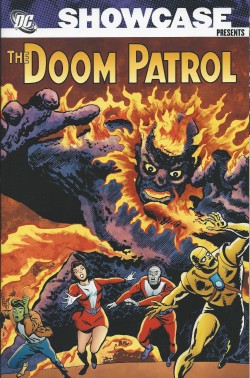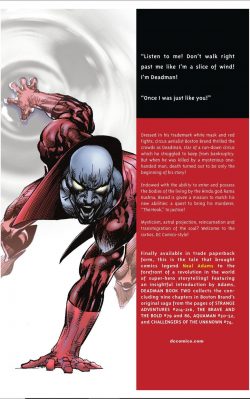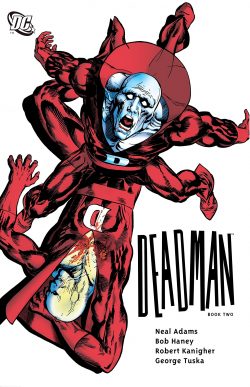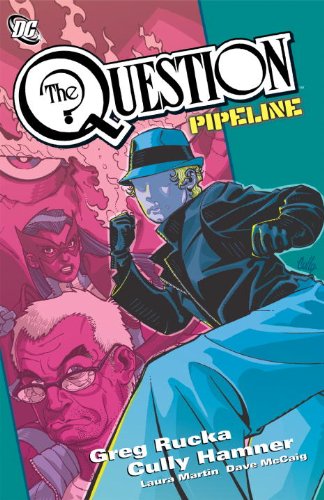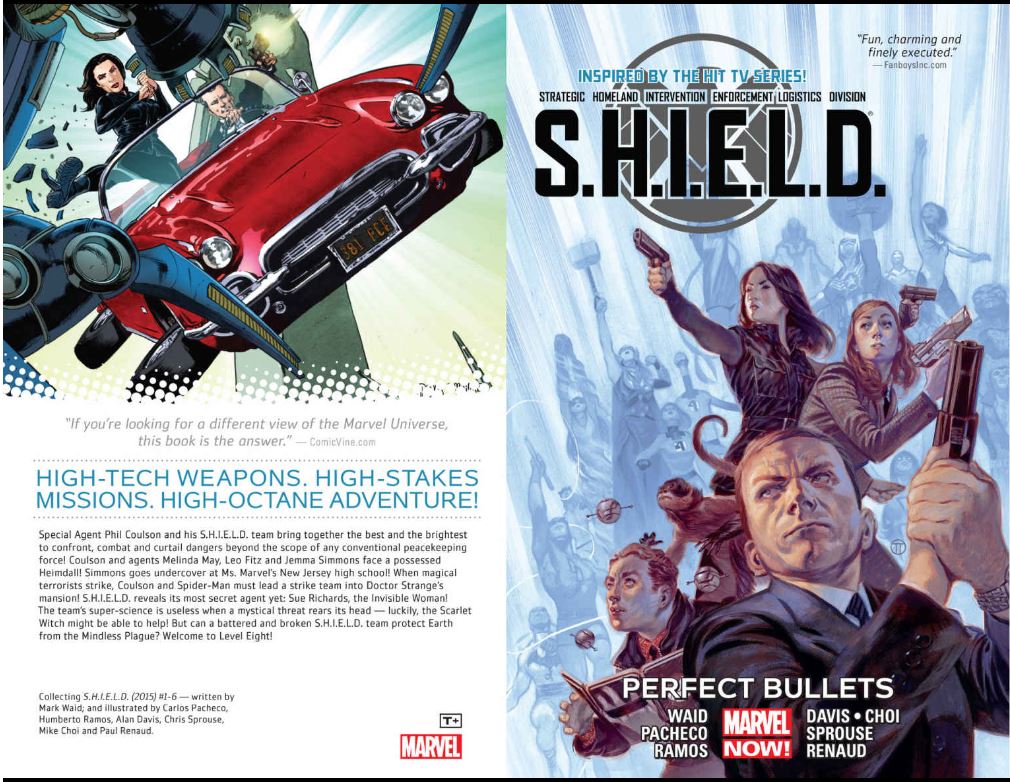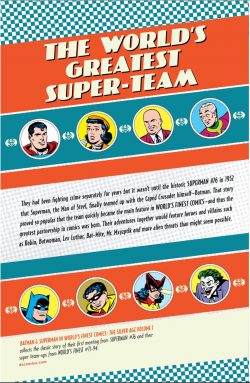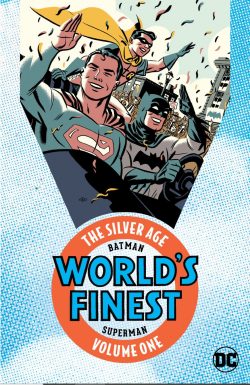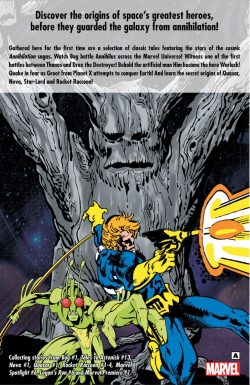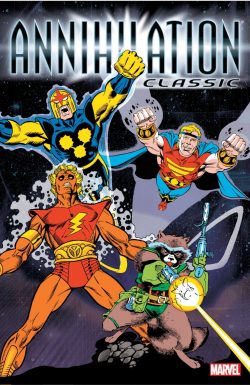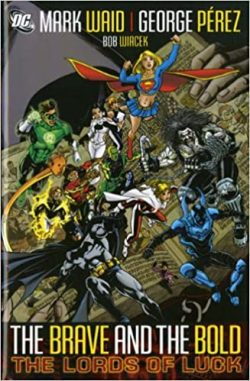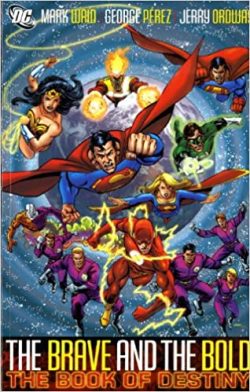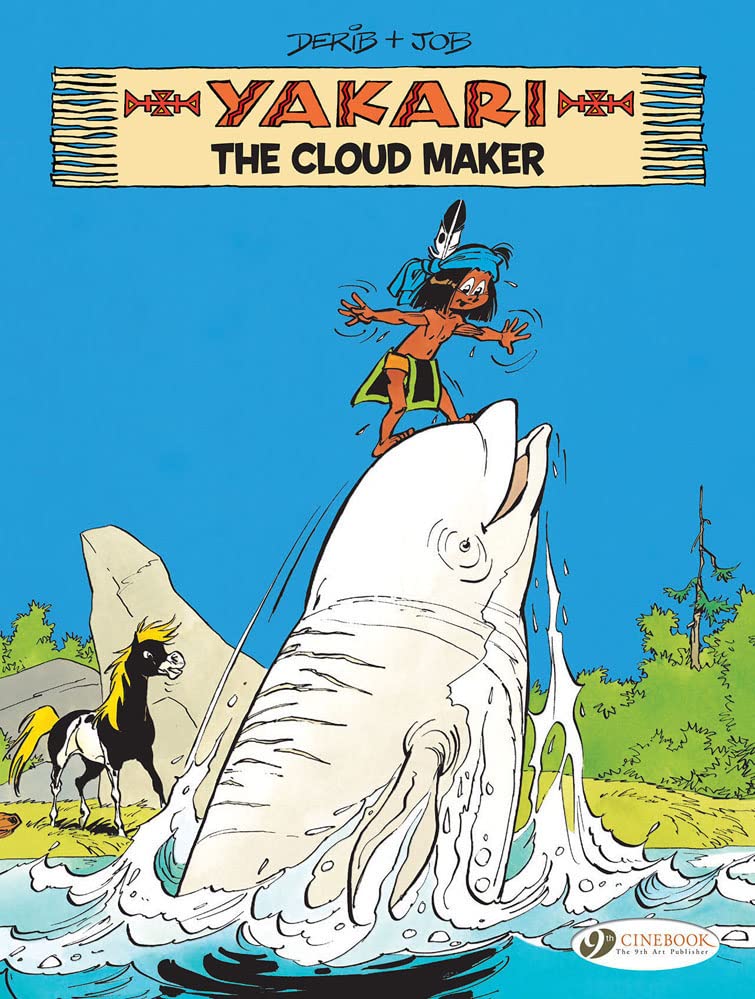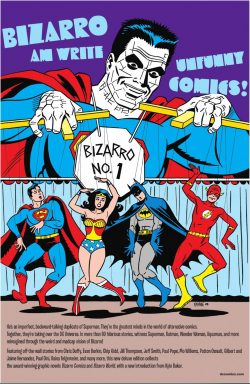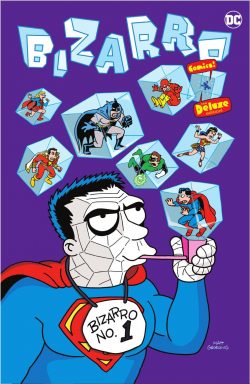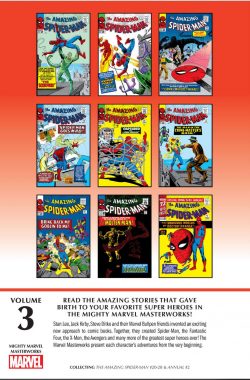
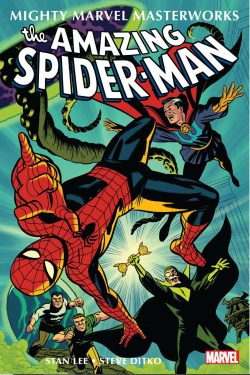
By Stan Lee & Steve Ditko with Sam Rosen & Art Simek (MARVEL)
ISBN: 978-1-3029-4617-3 (TPB/Digital edition)
The Amazing Spider-Man celebrated his 60th anniversary in 2022. However, I’m one of those radicals who feel that 1963 was when he was really born, so let’s start the New Year with acknowledgement of that opinion and warning of many more of the same over the year…
These stories are timeless and have been gathered many times before but this one is part of The Mighty Marvel Masterworks line: designed with economy in mind and newcomers as target audience. These new books are far cheaper, on lower quality paper and smaller, about the dimensions of a paperback book. Your eyesight might be failing and your hands too big and shaky, but at 152 x 227mm, they’re perfect for kids. If you opt for the digital editions, that’s no issue at all.
Marvel is often termed “the House that Jack Built” and King Kirby’s contributions are undeniable and inescapable in the creation of a new kind of comic book storytelling. However, there was another unique visionary toiling at Atlas-Comics-as-was, one whose creativity and philosophy seemed diametrically opposed to the bludgeoning power, vast imaginative scope and clean, gleaming futurism that resulted from Kirby’s ever-expanding search for the external and infinite.
Steve Ditko was quiet and unassuming, diffident to the point of invisibility, but his work was both subtle and striking: innovative and meticulously polished. Always questing for affirming detail, he ever explored the man within. He saw heroism and humour and ultimate evil all contained within the frail but noble confines of humanity. His drawing could be oddly disquieting… and, when he wanted, decidedly creepy.
Crafting extremely well-received monster and mystery tales for and with Stan Lee, Ditko had been rewarded with his own title. Amazing Adventures/Amazing Adult Fantasy featured a subtler brand of yarn than Rampaging Aliens and Furry Underpants Monsters: an ilk which, though individually entertaining, had been slowly losing traction in the world of comics ever since National/DC had successfully reintroduced costumed heroes.
Lee & Kirby had responded with The Fantastic Four and so-ahead-of-its-time Incredible Hulk, but there was no indication of the renaissance ahead when officially just-cancelled Amazing Fantasy featured a brand new and rather eerie adventure character…
This compelling compilation re-presents the rise of the wallcrawler as originally seen in Amazing Spider-Man #20-28 and Amazing Spider-Man Annual #2 (spanning cover-dates January-September 1965) and is lettered throughout by unsung superstars Sam Rosen & Art Simek, allowing newcomers and veteran readers to comprehensively relive some of the greatest moments in sequential narrative.
The parable of Peter Parker began when a smart but alienated high schooler was bitten by a radioactive spider on a science trip. Discovering he’d developed arachnid abilities – which he augmented with his own ingenuity and engineering genius – Peter did what any lonely, geeky nerd would when given such a gift… he tried to cash in for girls, fame and money.
Creating a costume to hide his identity in case he made a fool of himself, Parker became a minor celebrity – and a vain, self-important one. To his eternal regret, when a thief fled past him, he didn’t lift a finger to stop the thug, and days later discovered that his Uncle Ben has been murdered by the same criminal…
Crazy for vengeance, Parker stalked and captured the assailant who made his beloved Aunt May a widow and killed the only father he had ever known. Since his social irresponsibility led to the death of the man who raised him, the boy swore to always use his powers to help others…
It wasn’t a new story, but the setting was familiar to every kid reading it and the artwork was downright spooky. no gleaming high-tech world of moon-rockets, mammoth monsters and flying cars here… this stuff could happen to anyone…
Amazing Fantasy #15 came out the same month as Tales to Astonish #35 – the first to feature the Astonishing Ant-Man in costume, but it was the last issue of Ditko’s Amazing playground. However, the tragic last-ditch tale struck a chord with the public and by year’s end a new comic book superstar launched in his own title, with Ditko eager to show what he could do with his first returning character since the demise of Charlton’s Captain Atom…
Holding on to the “Amazing” prefix to jog reader’ memories, the Amazing Spider-Man #1 hit newsstands in December sporting a March 1963 cover-date and two complete stories.
Sans frills or extras, the ongoing saga resumes here with Amazing Spider-Man #20. Ditko’s preference for tales of gangersterism drove the stories, but his plots also found plenty of time and room for science fictional fun , supervillain frolics and subplots involving Peter Parker’s disastrous love life and poverty-fuelled medical dramas involving always-on-the-edge-of-death Aunt May…
The wallcrawler had inexplicably become the whipping boy of publicity-hungry – and eventually obsessed – publisher J. Jonah Jameson, who bombarded the hero with libellous print assaults in newspaper the Daily Bugle. He was blithely unaware that the photos Parker sold him for his print attacks were paying Spider-Man’s bills…
With Amazing Spider-Man #20 and ‘The Coming of the Scorpion!’, Jameson let his compulsive hatred get the better of him: paying scientist Farley Stillwell to endow a private detective with insectoid-based superpowers. Unfortunately, the process drove mercenary Mac Gargan (originally commissioned to trail Parker and discover how the kid got all those exclusive photos) completely mad before he could capture Spidey, leaving the webspinner with yet another lethally dangerous meta-nutcase to deal with…
The issue closed with a stunning Marvel Masterwork Pin-up of ‘Peter Parker and Ol’ Webhead’…
A recurring humorous duel involved a rivalry between the Amazing Arachnid and fellow teen hero Johnny Storm – The Human Torch which reached new heights of hilarity in #21. ‘Where Flies the Beetle…!’ features a hilarious love triangle as the Torch’s girlfriend Doris Evans uses Peter Parker to make her flaming beau jealous. Unfortunately, the Beetle – a villain with high-tech insect-themed armour – is simultaneously stalking her: seeking bait for a trap. As ever, Spider-Man is simply in the wrong place at the right time, resulting in a spectacular fight-fest…
This issue also offers a stunning and much reprinted Ditko Marvel Masterwork Pin-up of ‘Spider-Man’ before ASM #22 preeeeeeeesents… ‘The Clown, and his Masters of Menace!’: affording a return engagement for the Circus of Crime with splendidly outré action and a lot of hearty laughs provided by increasingly irreplaceable supporting stars Aunt May, Peter’s girlfriend Betty Brant and J. Jonah Jameson, before #23 delivers a superb thriller blending the mundane mobster and thugs that Ditko loved to depict with the more outlandish threat of a supervillain attempting to take over all the city’s gangs.
‘The Goblin and the Gangsters’ is both moody and explosive, the supervillain’s plot foiled by a cunning competitor and the driven hero’s ceaseless energy, and this tale is complemented by a Ditko Marvel Masterwork Pin-up of ‘Spidey’ that Amazingly features all the supporting cast and every extant villain in his rogues’ gallery…
Another recurring plot strand debuted in #24, as a dark brooding tale had the troubled boy question his own sanity in ‘Spider-Man Goes Mad!’. This psychological stunner finds a clearly delusional wallcrawler seeking psychiatric help, but there is more to the matter than simple insanity, as an insidious old foe makes an unexpected return and employs psychological warfare to destroy…
Amazing Spider-Man #25 once again sees the Bugle’s obsessed publisher take matters into his own hands. ‘Captured by J. Jonah Jameson!’ introduces Professor Smythe – whose dynasty of robotic Spider-Slayers would bedevil the webslinger for years to come – hired by the bellicose newsman to remove Spider-Man for good.
Issues #26 and 27 comprised a captivating 2-part mystery exposing a deadly duel between the Green Goblin and an enigmatic new masked criminal. ‘The Man in the Crime-Master’s Mask!’ and ‘Bring Back my Goblin to Me!’ together form a perfect arachnid epic, with soap-opera melodrama and screwball comedy leavening tense crime-busting thrills and all-out action.
‘The Menace of the Molten Man!’ in #28 is a tale of science gone bad and remains remarkable today not only for the spectacular action sequences – and possibly the most striking Spider-Man cover ever produced – but also as the story in which Peter Parker finally graduates from High School.
Ditko was on peak form and fast enough to handle two monthly strips. At this time he was also blowing away audiences with another oddly tangential superhero. Two extremely disparate crusaders met in ‘The Wondrous World of Dr. Strange!’: lead story in the second super-sized Spider-Man Annual (released in October 1965 filled out with vintage Spidey classics).
The entrancing fable unforgettably introduced the Amazing Arachnid to arcane other realities as he teamed up with the Master of the Mystic Arts to battle power-crazed mage Xandu in a phantasmagorical, dimension-hopping masterpiece involving ensorcelled zombie thugs and the stolen Wand of Watoomb. After this, it was clear that Spider-Man could work in any milieu and nothing could hold him back…
Also included here from that immensely impressive landmark are more Ditko pin-ups comprising ‘A Gallery of Spider-Man’s Most Famous Foes’ – highlighting such nefarious ne’er-do-wells as ‘The Circus of Crime’, The Scorpion’, ‘The Beetle’ ‘Jonah’s Robot’ and ‘The Crime-Master’. These delights are supplemented by a page of original art from ASM #27.
Full of energy, verve, pathos and laughs, gloriously short of post-modern angst and breast-beating, these immortal epics are something no serous fan can be without, and will make an ideal gift for any curious newcomer or nostalgic aficionado.
Happy Unbirthday Spidey and many, many more please…
© 2022 MARVEL.

